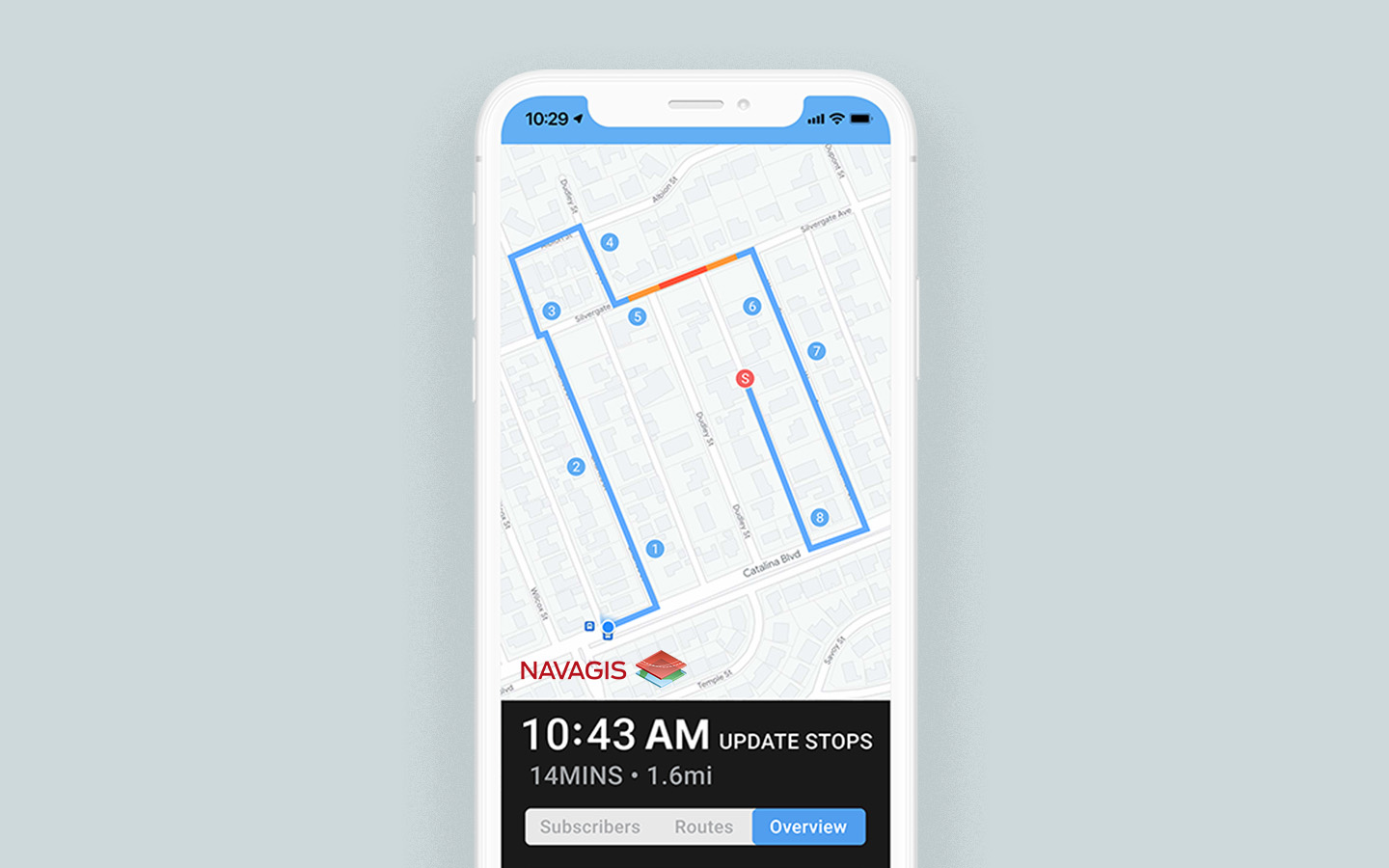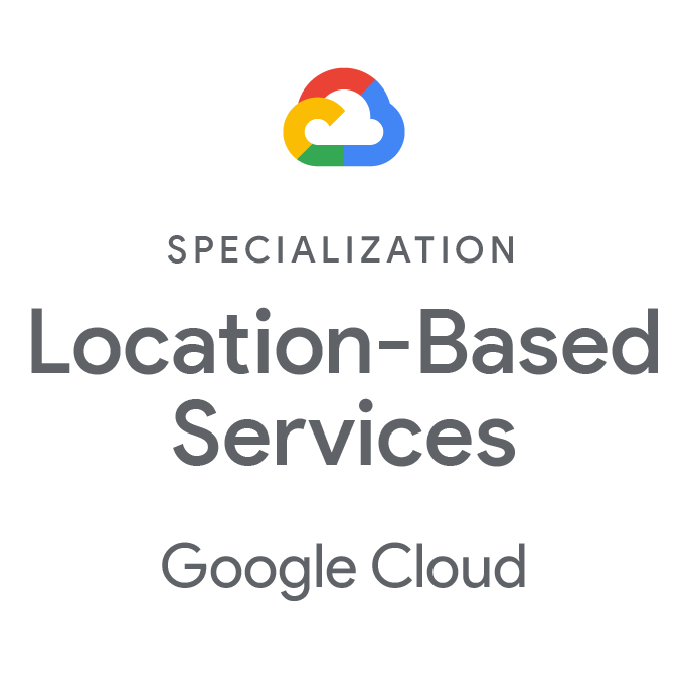Last Mile Delivery should come first—just ask your customers. Making sure your last mile goes as smoothly as possible IS possible, with the right supply chain management tools and mapping solutions.
Thanks to the ever-growing demand for deliveries over the past couple of years, businesses like yours are becoming hyper aware of the importance of Last-Mile Delivery—making location intelligence-powered mapping solutions more crucial than ever.
- The American Journal of Transportation reports on how the likes of FedEx and UPS had to limit capacity during last year’s holiday season. And because these large 3PL providers are expected to struggle to keep up with the demand, retailers are seen to turn increasingly to last-mile carriers this year, when e-commerce is looking at double-digit growth from 2022 onward.
- Leading industry publication, The Manufacturer highlights how businesses are using AI-powered route optimization to get more out of their existing capacity, reduce cycle time and improve ETAs. Delays would consequently lessen not just during the Last Mile but all throughout the supply chain.
- Automotive World also points out how industry-wide supply chains have been strained over the last two years, and how players will recognize the need for digital supply chain management. The magazine goes on to talk about how the companies that dive into digital supply chains will be best positioned to grow in the future.
Take control of your Last Mile with Navagis Last Mile Delivery. Talk to our solutions experts, today.

Benefits of Location-Based Last-Mile Delivery Solutions
More than merely adapting to the demands of the times, 3PL providers as well as delivery services for groceries, pharmacies, publications and food must transform their last-mile delivery process. Here are eight ways the right logistics application can help you do just that.
1. Provide an intelligent routing engine. A good last-mile delivery solution will be able to generate optimized routes regardless of the complexity and size of your route data.
2. Provide a better solution to handle larger routes and data. This includes the ability to delegate tasks to your drivers, and even combine tasks for more efficient deliveries.
3. Configure routing options. This allows you to select the criteria that matter to you most, such as cost avoidance and same-day delivery.
4. Enable status updates. This gives your customers the ability to subscribe to status updates for real-time insight into the progress of their delivery. These updates may also help you cut help desk costs.
5. Get live views of filtered deliveries. Your logistics application will make it easy for dispatch to monitor overall status, while alert dashboards make sure that any issues that need attention will be resolved quickly.
6. Provide more efficiency. Using the Google Places API, your last-mile delivery solution leverages additional driving condition insights such as real-time traffic information and location markers.
7. Be available any time, anywhere. You’ll get the mobility you need as your logistics application works on iOS and Android devices.
8. Provide a better user experience. Your team and your customers get the familiar, easy-to-use Google Maps platform and the experience that goes with it.
More than merely adapting to the demands of the times, 3PL providers must transform their last-mile delivery process.
Find Your Solution in Navagis Last Mile Delivery
Get all eight benefits and more fromNavagis Last Mile Delivery, a logistics application that empowers you to solve routing challenges for larger delivery routes.
Able to handle up to 3,000 addresses at a time, Navagis Last Mile Delivery uses the Google Cloud Platform powered by the Google Maps API and the Navagis GeoCore mapping engine to provide you with the most optimized routes. Its turn-by-turn directions capability uses the MapBox API.
On top of its ability to build truly custom, easy-to-use solutions that scale, Navagis Last Mile Delivery also has an edge in handling complex routing options such as multi-client, multi-stop capabilities. The application is likewise able to
- Incorporate Google Maps Traffic information for more accurate road conditions
- Perform Analytics using Google Cloud as a platform to assess drivers performance and additional insights for more efficiency
- Send and receive real-time delivery progress
- Track vehicle locations in real time
- Merge multiple routes
- Reduce risk and detect fraud within ordering and delivering processes
You’ll also be able to build brand visibility as an online ordering business, as well as guide customers to your service.
Navagis has over 10 years of experience in building mapping applications for large enterprises in North America and the Asia Pacific. Recognized as a Premier Google Partner for our excellent services and solutions, we’ve been privileged to serve clients such as logistics company 2GO and McDonald’s in the Philippines.
Leading global diversified media, information and services company, Hearst Media has also looked to Navagis to facilitate the delivery of their print publications.
Enjoy a personalized demo of our work for Hearst Media. Let us know when you’re free.
Last-Mile Delivery Challenges Continue
Last Mile hasn’t gained the reputation of being the most expensive logistics leg for nothing. B2B, B2C and D2C businesses, particularly those with legacy systems, will continue to face the challenges of inefficient routing this year, along with the high cost of delivery that accrues from it. Business Insider says Last Mile delivery costs make up 53% of the total cost of shipping.
The inability to handle larger or more complex routes, or the lack of analytics capabilities necessary for assessing and responding to delivery issues can only result in low customer satisfaction.
To continue to meet these last-mile delivery challenges head on, your organization must work on improving the following:
- Visibility. This means having the ability to manage and resolve logistics issues based on data not just for your team but also for your customers. Consumers want security, and transparency assures them of it. Optimizing your apps to show customers where their packages are in real time can go far in boosting customer satisfaction.
- Efficiency. Speed involves more than route optimization—it also entails being able to cut down on fuel expenses and operational costs. Reducing downtime also means far fewer bottlenecks in delivery times and productivity across your entire supply chain. Being able to manage and view your data efficiently allows you to keep your customers up to date with the progress of their delivery.
Trust. Enhancing the customer experience means establishing trust between you and your customers. Keeping them in the data loop during the Last Mile encourages them to trust you with their present and future deliveries.


